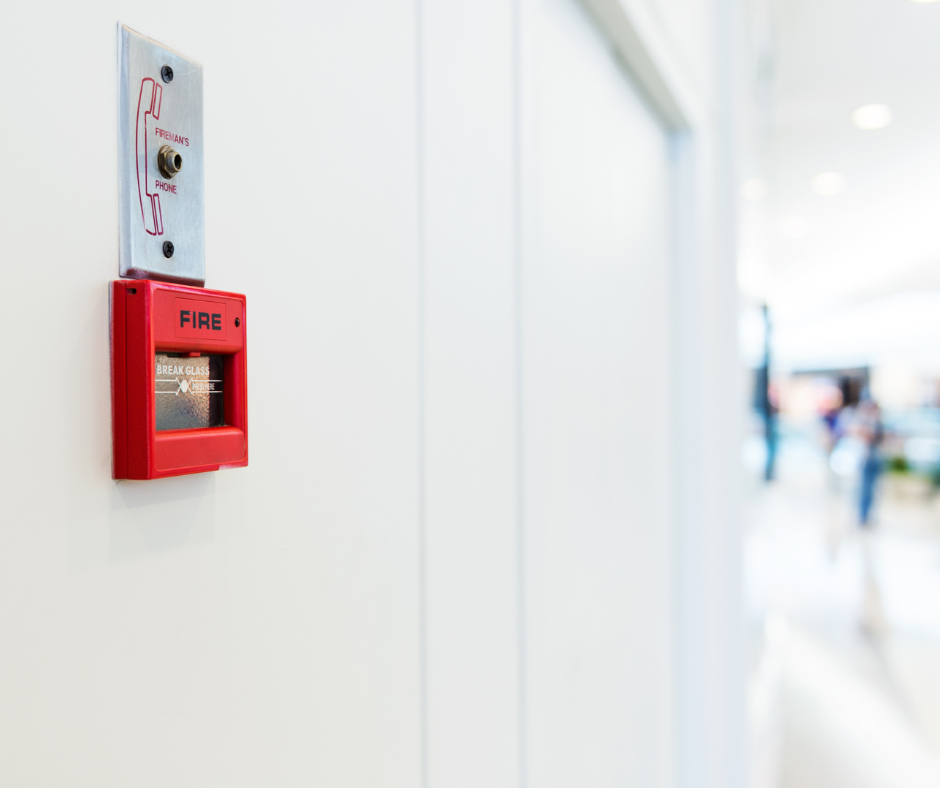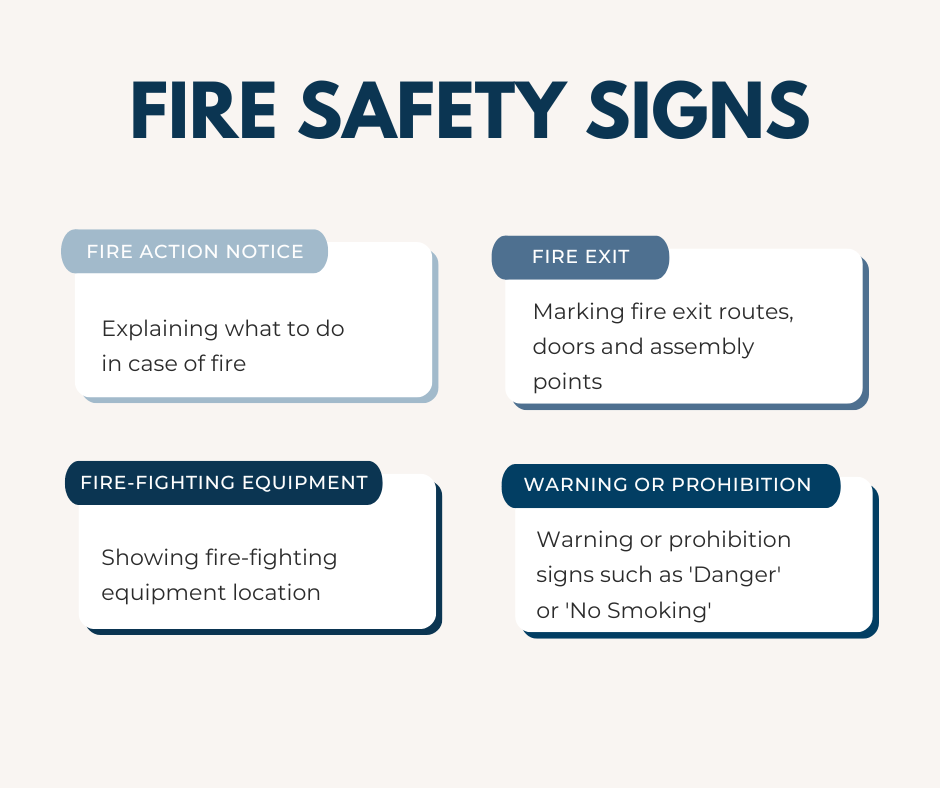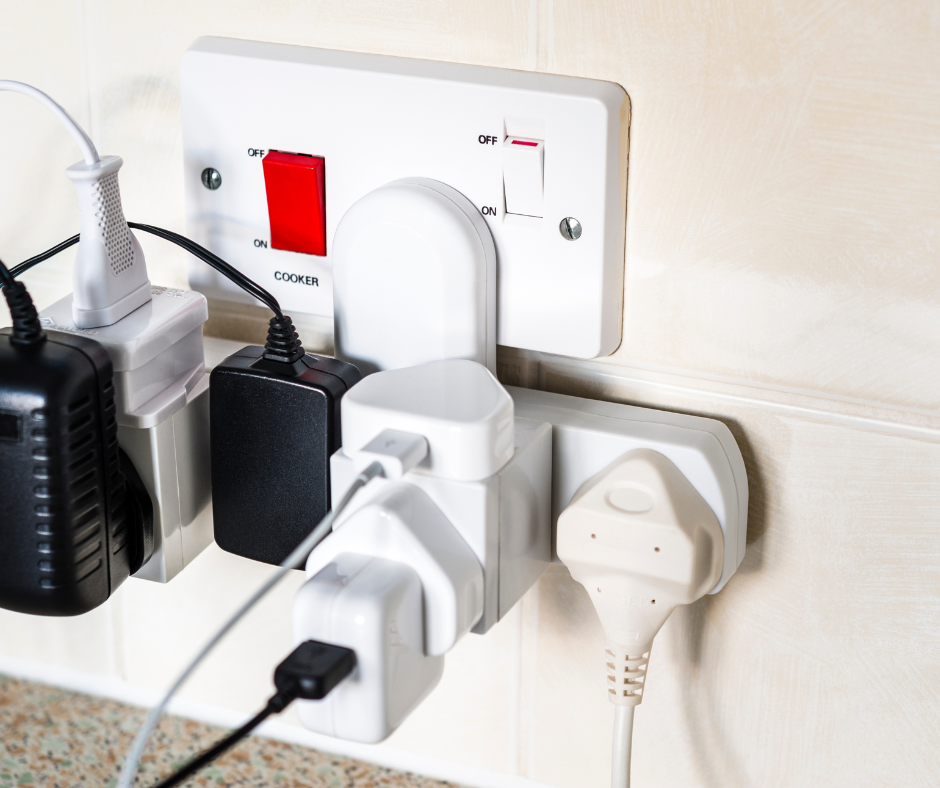Businesses that fail to comply with fire safety regulations put the safety of their employees and premises at risk, and could face fines and a prisons sentence of up to two years.
To help you along your fire risk management journey, here are WA Management’s top tips:
1. Carry out a fire risk assessment
 Risk assessments are a legal requirement in businesses with more than five employees, and should identify:
Risk assessments are a legal requirement in businesses with more than five employees, and should identify:
- Fire hazards
- People at risk
- Actions required to reduce or remove risk
- Information and training required
Your fire risk assessment should be reviewed regularly and updated should any circumstances change.
2. Appoint fire wardens
It’s important to have at least one fire warden in your workplace, ideally more to cover absences and annual leave. Fire wardens are staff members tasked with establishing and maintaining fire safety procedures. In the event of a fire, they are responsible for coordinating evacuations and ensuring no one is left inside the building.
Fire wardens must complete specific training, covering how to manage fire safety protocols. In the event of a fire, they’ll know how to protect both employees and customers.
3. Provide fire safety training for employees
Under the Regulatory Reform (Fire Safety) Order 2005, suitable fire safety training for all employees is a legal obligation.
Not only that – ensuring your employees understand your workplace’s fire safety procedures and the potential consequences of a fire at work is the best way to ensure continual compliance and a positive behavioural change around fire safety.
4. Hold fire drills regularly
 Incorporate fire drills into your regular workplace schedule to ensure all employees know what to do and where to go in an emergency – at least once a year. If there are changes to the building that affect evacuation routes, the next drill should be carried out sooner.
Incorporate fire drills into your regular workplace schedule to ensure all employees know what to do and where to go in an emergency – at least once a year. If there are changes to the building that affect evacuation routes, the next drill should be carried out sooner.
5. Practice good housekeeping
Good housekeeping is an essential part of workplace fire prevention – clutter can both block access to exits and emergency equipment, and provide fuel for fires.
Ensure that the premises are kept tidy and that flammable and combustible waste materials are disposed of responsibly.
6. Ensure fire safety signage is visible
 If an employee detects a fire, it is crucial that they can quickly and easily activate the fire alarm to alert others. Additionally, staff must be aware of their nearest exits to ensure safe evacuations. Proper signage in designated areas can also help reduce fire risks.
If an employee detects a fire, it is crucial that they can quickly and easily activate the fire alarm to alert others. Additionally, staff must be aware of their nearest exits to ensure safe evacuations. Proper signage in designated areas can also help reduce fire risks.
In the UK, fire safety signs serve four key purposes:
• Fire Action Notices – Outlining steps to take in case of fire
• Marking fire exit routes, doors, and assembly points
• Indicating the location of fire-fighting equipment, like extinguishers
• Displaying warning and prohibition signs, such as ‘Danger’ or ‘No Smoking’
7. Ensure reporting channels are clear
Make sure there is a simple and easy way for employees to report fire safety issues – this may include blocked exits, missing extinguishers, or faulty fire alarms.
Something as straightforward as an email address listed on any signage is sufficient.
8. Prepare your emergency plan
Everyone in your workplace should know what to do if they discover a fire or hear the fire alarm, what types of warning systems are in place and what they do, and how to evacuate.
Your fire warden is responsible for creating and maintaining fire safety procedures, and you should work together to create evacuation procedures.
9. Don’t forget about electrical safety
 Most businesses will have some form of electrical equipment, which inherently comes with fire risks. Faulty wiring or overloaded sockets can overheat, potentially sparking fires that may spread rapidly.
Most businesses will have some form of electrical equipment, which inherently comes with fire risks. Faulty wiring or overloaded sockets can overheat, potentially sparking fires that may spread rapidly.
Reduce the risk of electrical fires by:
- Turning off all electrical appliances at the end of the day
- Not overloading circuits
- Keeping easy access to electrical control panels
- Reporting any electrical faults
- Staying on top of machine maintenance
10. Ensure fire safety equipment is unobstructed
Fire safety equipment must remain unobstructed and visible at all times. This includes ensuring fire extinguishers aren’t hidden behind furniture, fire escapes aren’t blocked by equipment, and sprinkler systems aren’t covered by decorations or other materials.
It’s crucial to keep sprinkler systems and smoke detectors clear, as they are vital life-saving devices in the event of a fire.

Electrical Safety and Fire Safety training courses are essential tools in preventing fires in the workplace. Make sure you don’t miss out on our 10% off deal on these courses, available until the end of September. Simply enter the code ‘fire10’ at checkout to save!
Read more Top 10 Tips blogs here.
To keep up to date with the latest health & safety news and advice, follow us on social media:
